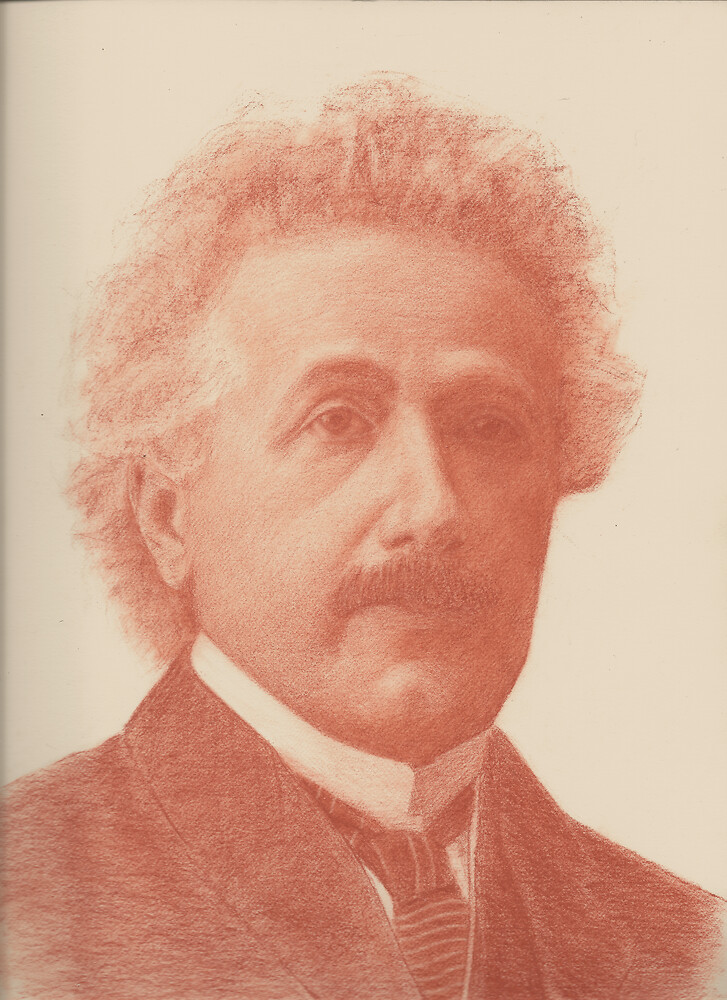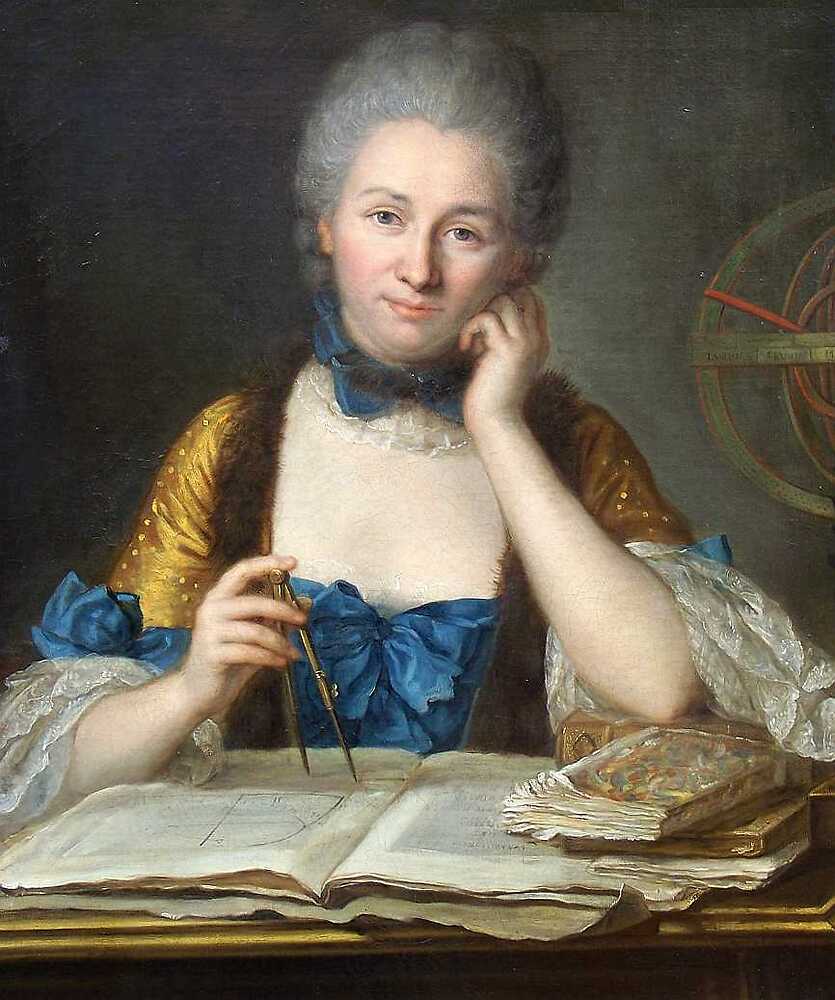The Theoretical Minimum is a book series by Leonard Susskind, and others, containing three books, with a fourth one to be published soon:
- Classical Mechanics, with George Hrabovsky;
- Quantum Mechanics, with Art Friedman;
- Special Relativity and Classical Field Theory, with Art Friedman again;
- General Relativity, with André Cabannes, who contributed to the French translation of the three previous works.
The books are relatively short (say, compared to Feynman’s lectures), self-contained (well, depending on how curious you are; they do go as far as to cover a great deal of mathematical background, but they just can’t be exhaustive either), and, at least for the Classical Mechanics one, aimed at presenting general theoretical formulations: the Lagrangian and Hamiltonian formalisms, based on the stationary-action principle and the principle of conservation of energy.
They all come with a few exercises, often rather simple, focused on making sure you understand the key concepts.

Einstein, sanguine on paper
by
M. Bivert
Solutions
Note: The first two volumes are essentially complete. Two exercises (cm/L06E05, cm/L07E05) should be missing for the first volume, as I’d like to push them a little further than what the authors intended to.
Note: The solutions.pdf files contain the all available
solutions for each book (concatenating of all the [LI]xxEyy.pdf essentially).
Note: The .tex and .pdf are all available on Github.
Note: cm/L03E04 is the first exercise in the book introducing
the reader to the (classical) harmonic oscillator. Given its theoretical importance,
I’ve went more in-depth that what was asked; the “solution” is also available
as an html page. Similarly, qm/L03E01
contains an detailed proof of (most of) the (real) spectral theorem, a fundamental
mathematical result in quantum mechanics, especially in its
generalized form to infinite-dimensional Hilbert spaces,
and is also available in a dedicated html page
Other solutions
I’ve been collecting/using a few other sources of solutions. The approaches sometimes and different, and I haven’t but on a few peculiar occasions made a direct comparison, so you might want to check those:
- Classical Mechanics:
- Officials’ (incomplete as of now);
- Casey Haaland’s (using Julia/Jupyter notebook);
- Filip Van Lijsebetten’s;
- Michel Rennes’, in French;
- das-theoretische-minimum.de, in German;
- Quantum Mechanics:
- Filip Van Lijsebetten’s;
- Gary S. Shea’s;
- Bud Simrin (matrixbud);
- Michel Rennes’, in French;
- das-theoretische-minimum.de, in German;
- Special Relativity and Classical Field Theory
- das-theoretische-minimum.de, in German;
- General Relativity
- das-theoretische-minimum.de, in German, currently (2023-06-08) empty.
Note: Use Google translate for non-English ressources.
Intuitive mathematics
A “downside” of physics textbooks is often that some proofs/notations lack clarity and/or mathematical rigor (but not necessarily correctness!): physicists are known to be rather peculiar mathematicians [Redish2006].
When studying physics, this can be important to keep this in mind; physicists are bright people, they move fast: having a solid mathematical anchor can definitely help to follow them. On the other hand, physicists’ intuition can also help shine some lights on obscure mathematical constructions.
Note: Physicists use mathematics in a more intuitive/spontaneous way, by comparison to the painstakingly meticulous approach of pure mathematicians. Interestingly, we can link that dichotomy to the distinction in Chinese painting between Gongbi (工筆) and Shuimo (水墨):

Shrike in a barren tree, 枯木鳴鵙図, Koboku meigeki-zu
by
Miyamoto Musashi (宮本 武蔵, c. 1584 – 13 June 1645)
Additional resources
If you’re here, it’s likely that you intend to study physics to some degree: the following resources could then be of interest, although they tend to go far beyond what is strictly necessary to study from Susskind’s books, which again, are for the most part self-contained.
In no order of preference:
- Physics:
- Feynman’s lectures, overall a pleasant read;
- Walter Lewin (MIT)’s Youtube channel;
- Elliot Schneider’s Youtube channel Physics with Elliot;
- Special relativity:
- A small (6 videos) YouTube series by μ’ Math;
- Linear algebra:
- Paul Dawkins’s online notes;
- Norman Wildberger, YouTube playlist;
- Theodore Shifrin YouTube playlist: covering multiple courses at once (112 videos, each c. 1h long), including linear algebra, vector calculus, integration and differential forms.
- Real analysis/calculus:
- Differential equations:
- Complex analysis:
- Multilinear/vector calculus:
- Michael Penn YouTube playlist;
- Kyle Broder’s notes on vector calculus;
- Theodore Shifrin YouTube playlist: covering multiple courses at once (112 videos, each c. 1h long), including linear algebra, vector calculus, integration and differential forms.
- Tensors:
- Eingenchris’ Tensors for beginners (YouTube playlist);
- Eingenchris’ Tensors calculus (YouTube playlist);
- Michael Baker (mlbaker) YouTube video (1h overview/motivation);
- Differential forms:
- Michael Penn, YouTube playlist;
- David Bachman A Geometric Approach to Differential Forms (.pdf);
- Theodore Shifrin YouTube playlist: covering multiple courses at once (112 videos, each c. 1h long), including linear algebra, vector calculus, integration and differential forms.
- General relativity and its mathematical background:
- Heraeus Winter School on Light and Gravity, YouTube (I’ve got a separate article containing missing tutorials, .pdfs, etc.); clear/concise introduction to manifolds & cie; the exercises (all corrected) are fine-tuned for beginners, but not all trivial either;
- Julian P. Grossmann, YouTube playlist;
- Functional analysis:
- Distribution theory:
- Algebraic topology:
- Norman Wildberger, Algebraic topology (YouTube playlist) (intuitive approach, ideal for a first exposure (no sophisticated proofs))
- Divers:
- MIT Open Learning
- Wikipedia articles can sometimes be dense, but still be intelligible enough, or link to well-known sources. It’s sometimes worth checking different language editions of the same article;
- Grant Sanderson’s famous 3Blue1Brown Youtube channel;
- math.libretexts.org and phys.libretexts.org both are online libraries proposing (free) ebooks for respectively physics and mathematics, supported by the United States Department of Education;
- math.stackexchange.com and physics.stackexchange.com, which both contains a lot of answered questions that may arise when self-studying.

Portrait of Émilie du Châtelet (1706-1749), huile sur toile, 18th century, 120×100 cm (47.2×29.3 in)
by
Maurice Quentin de La Tour (1704 – 1788)
Comments
By email, at mathieu.bivert chez: